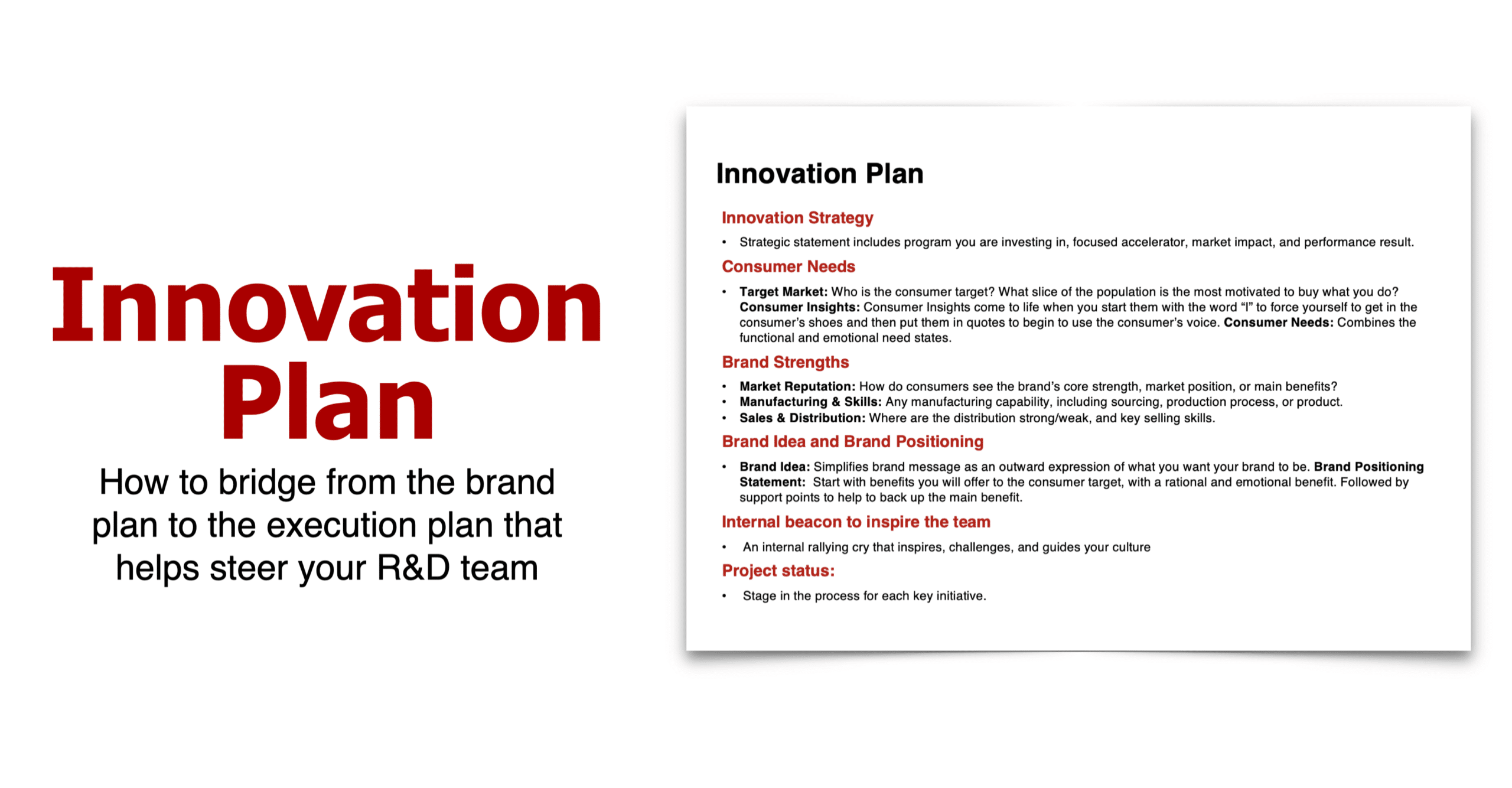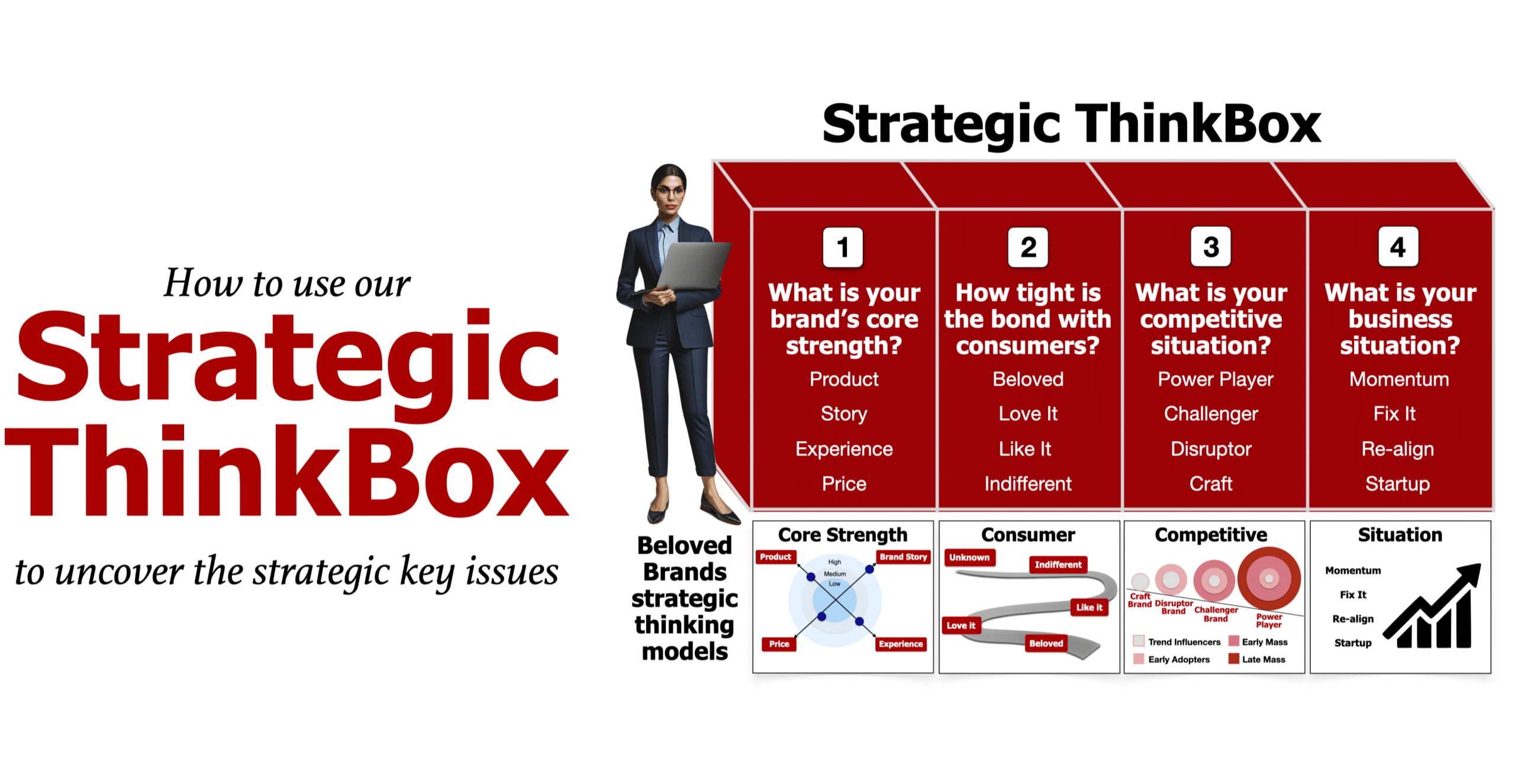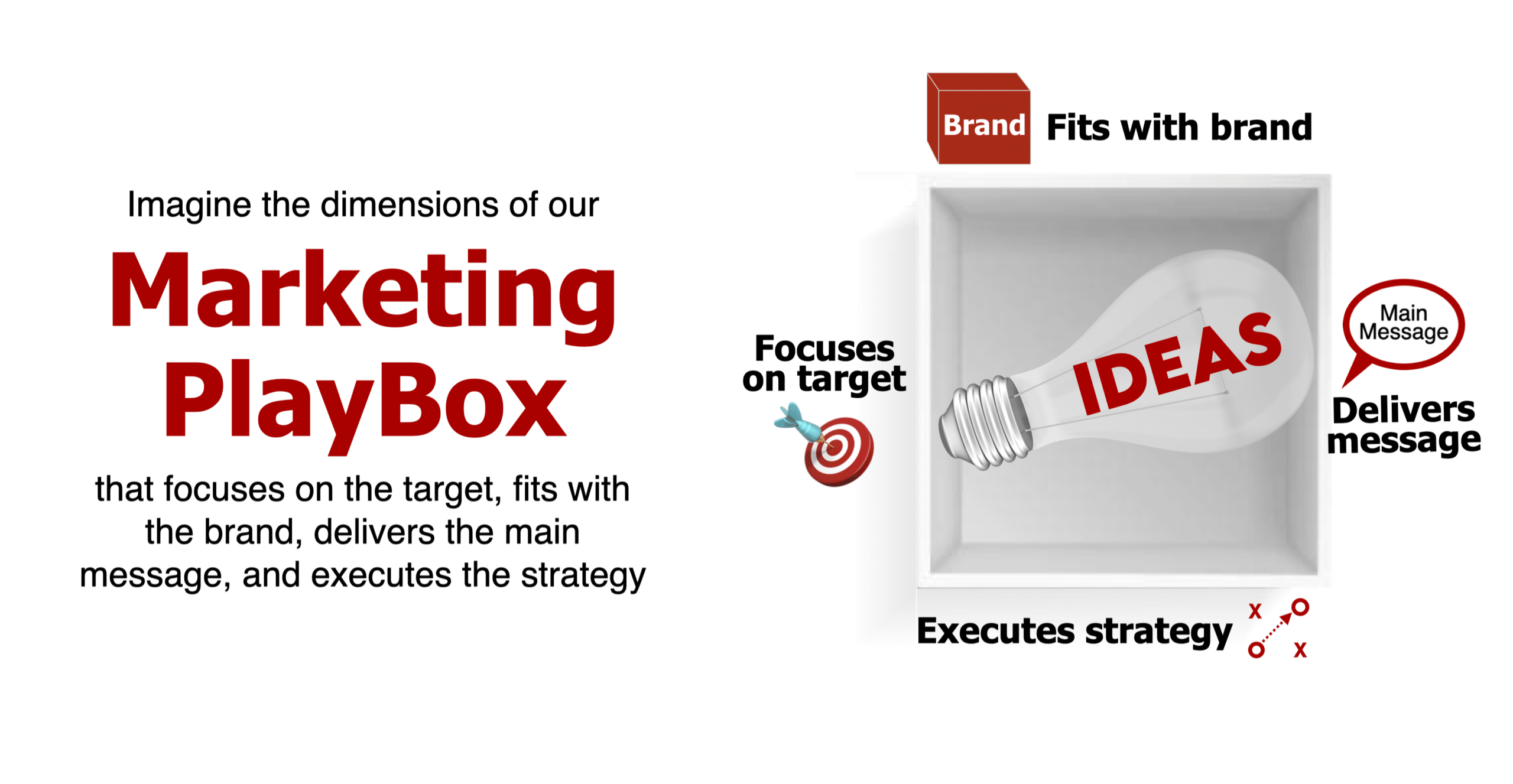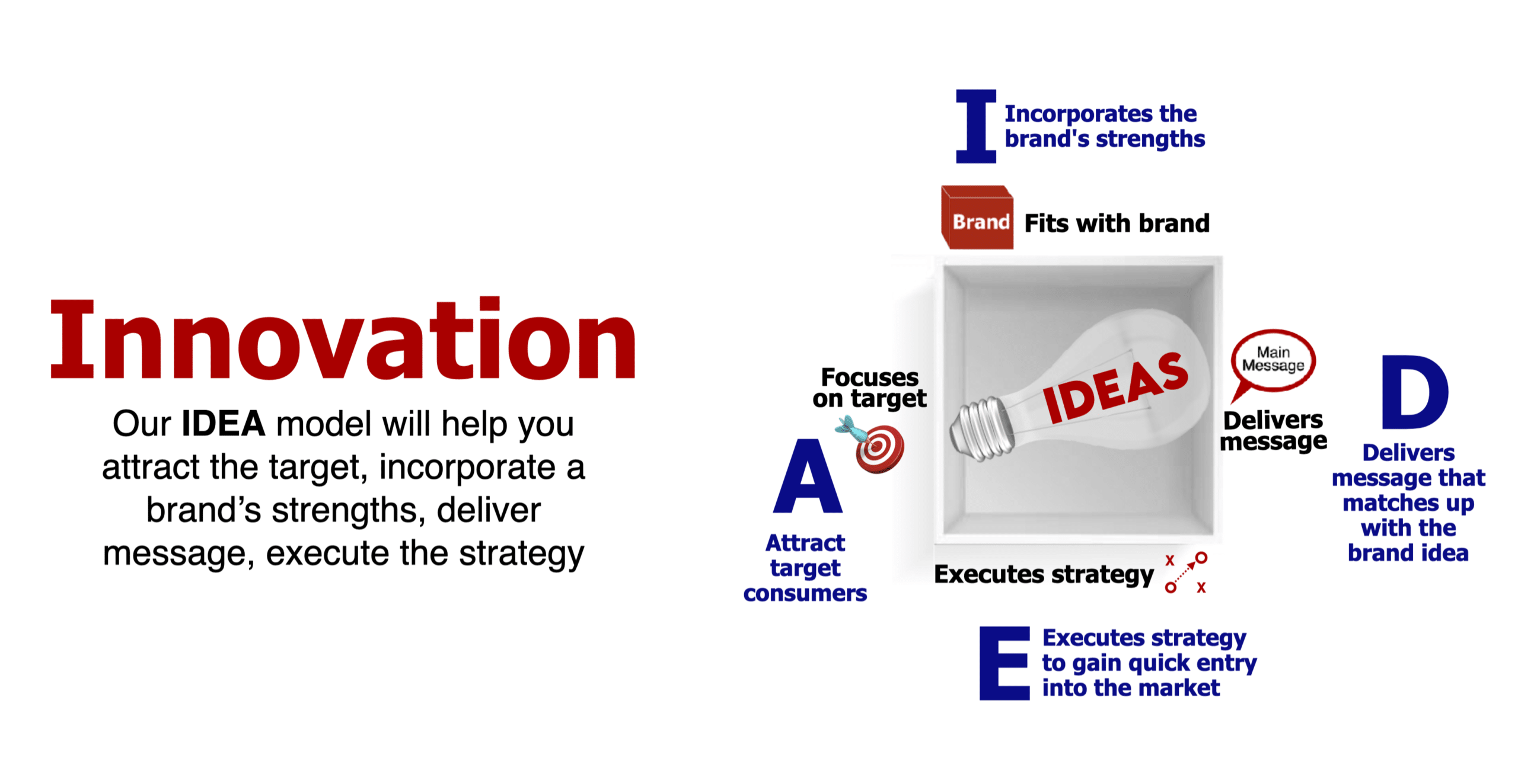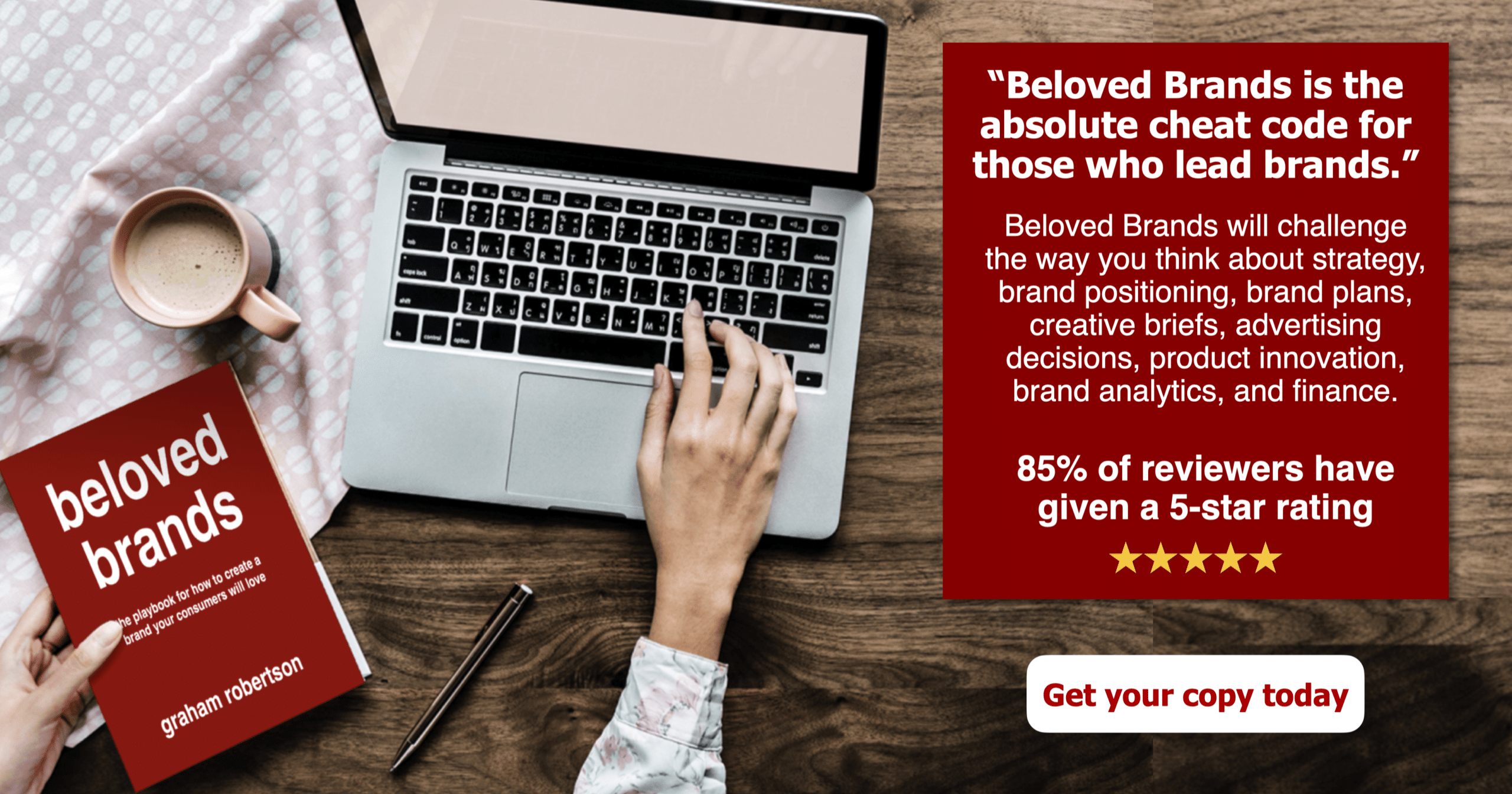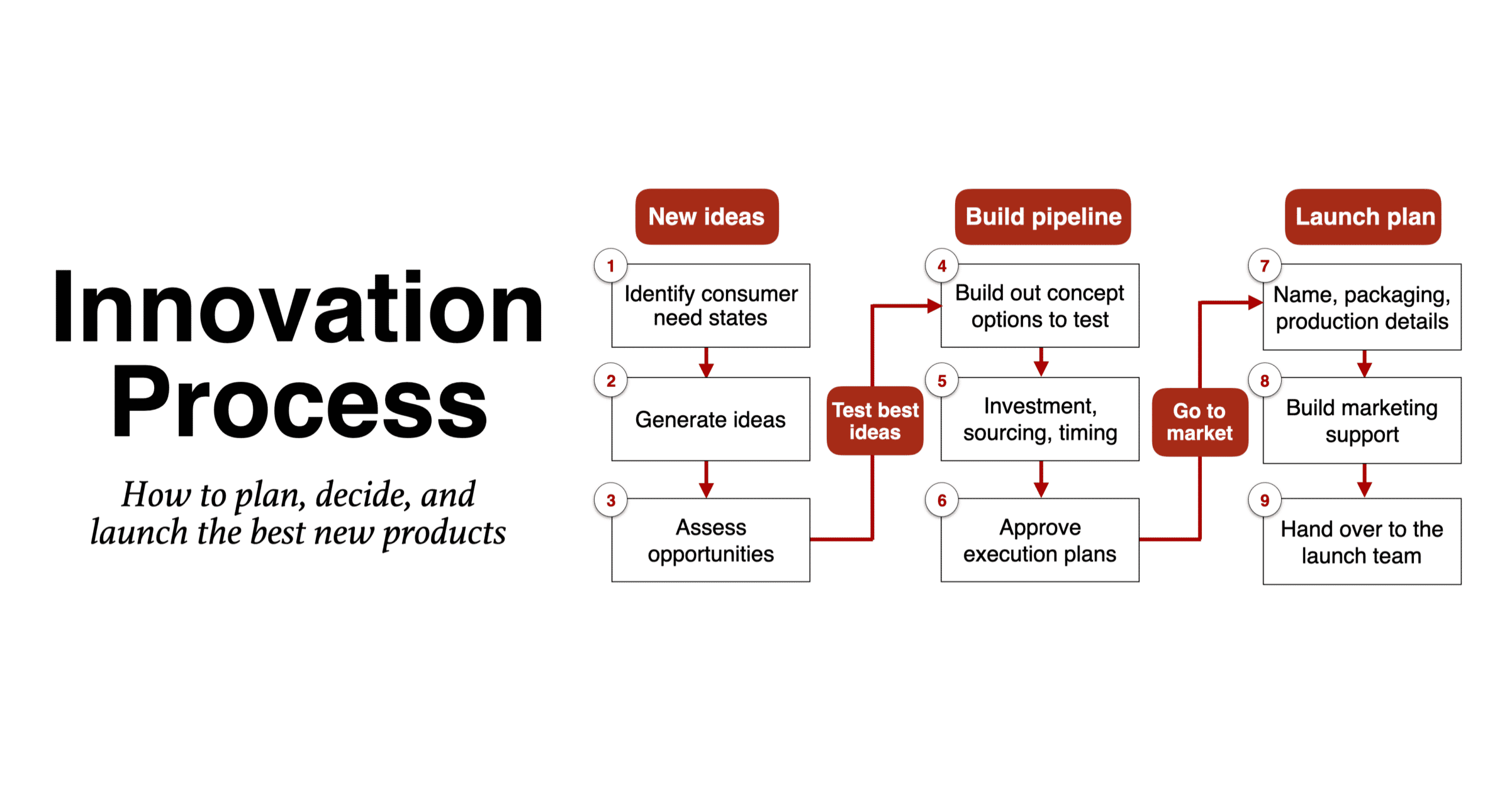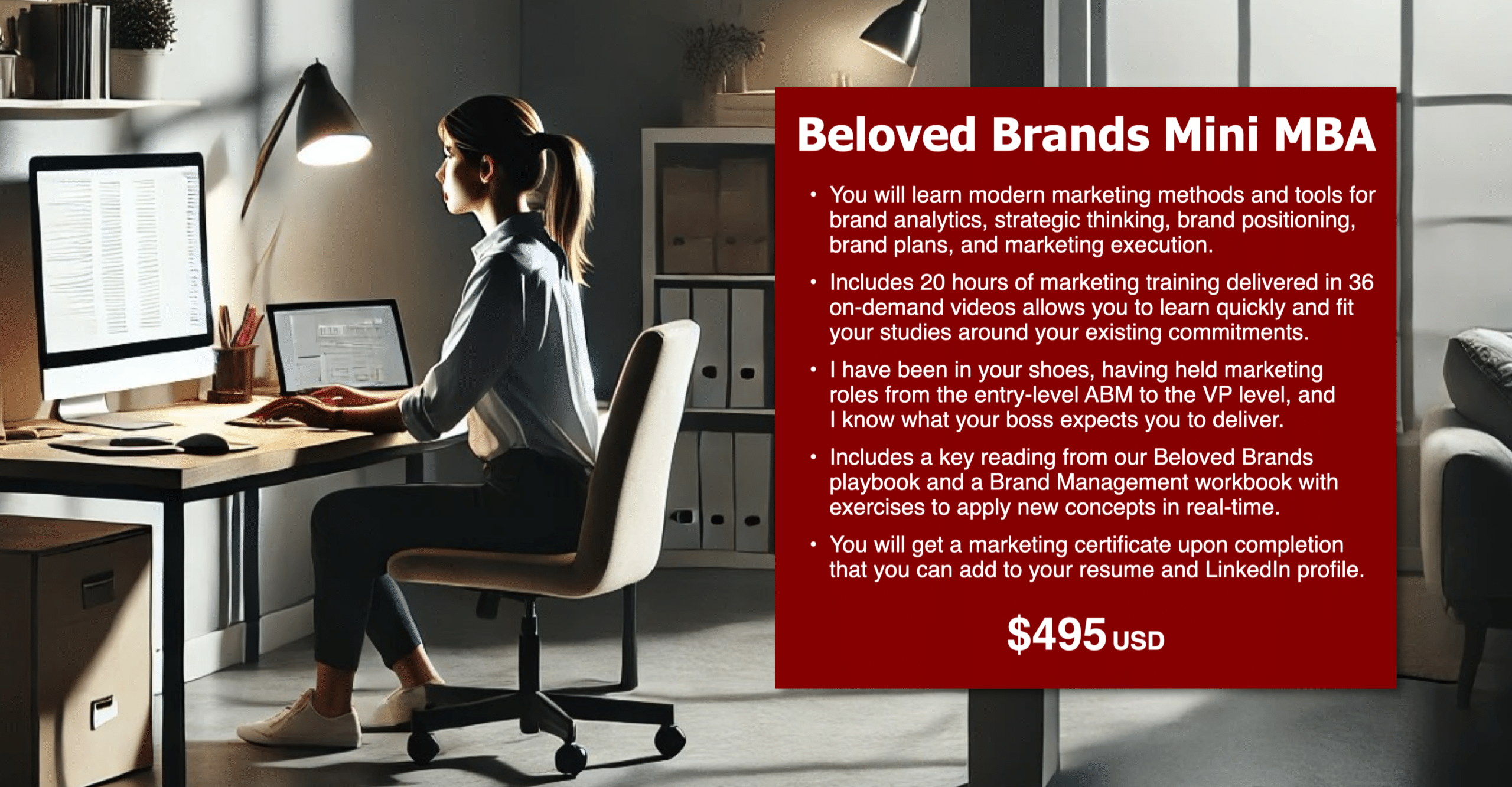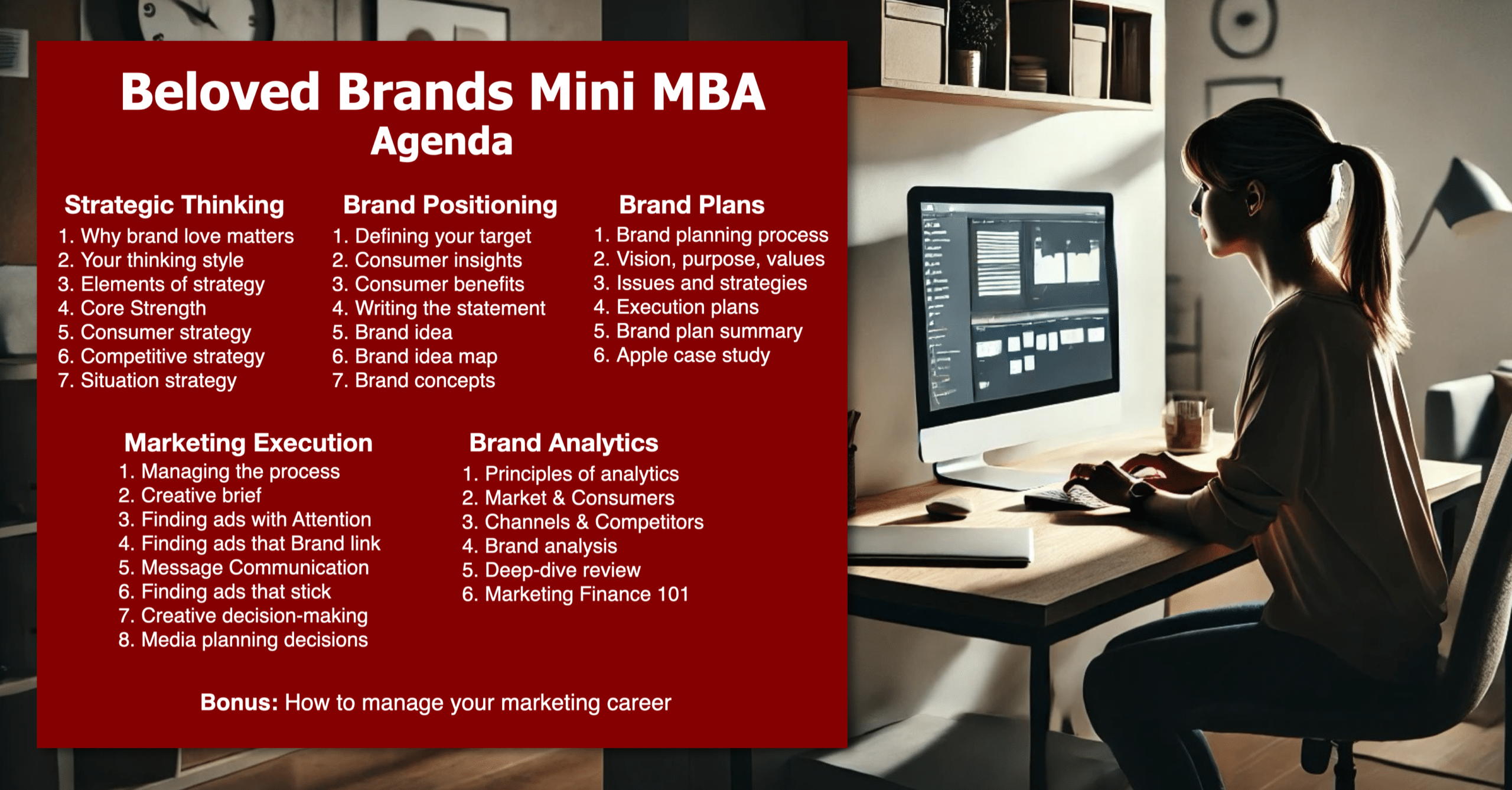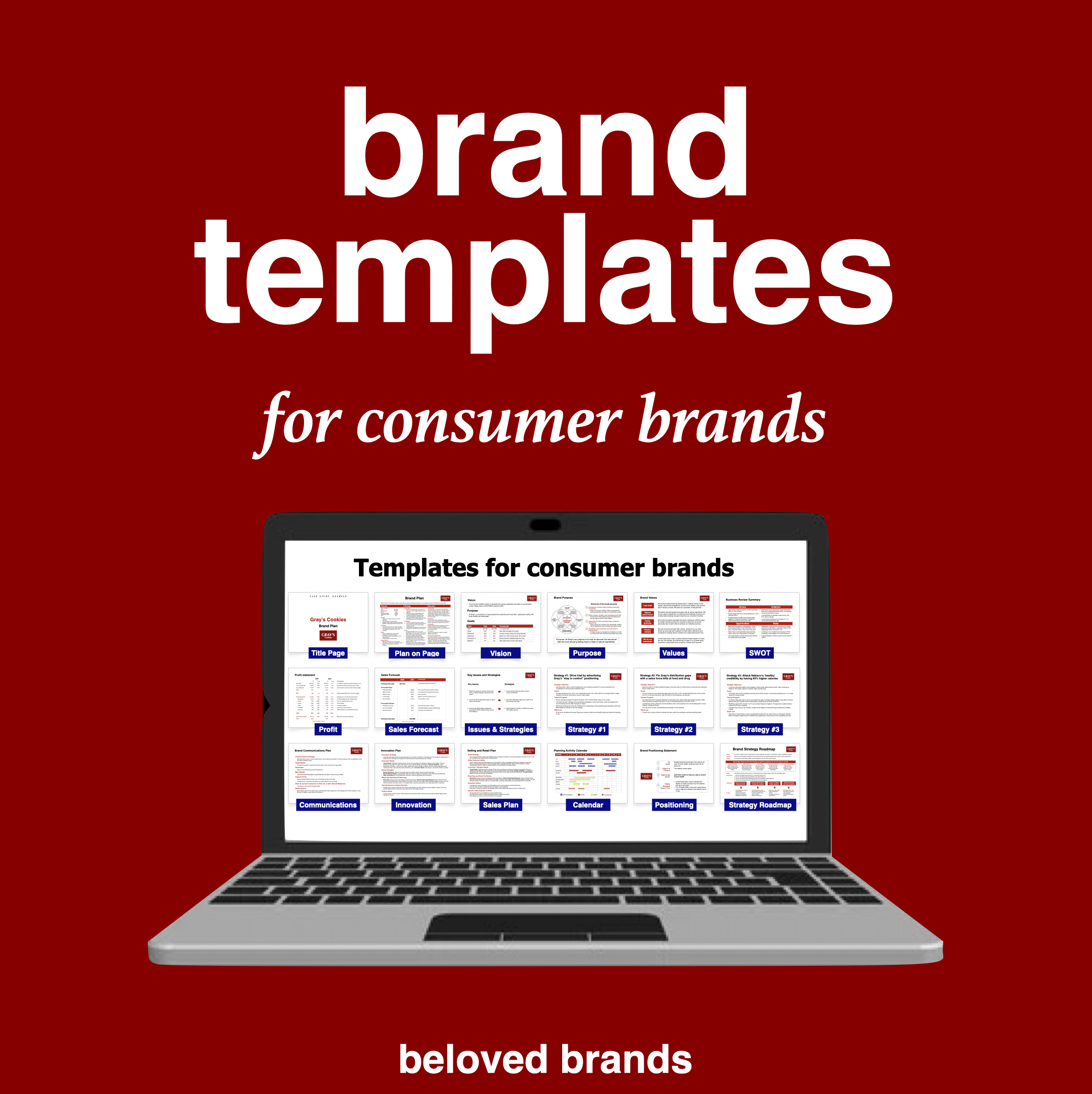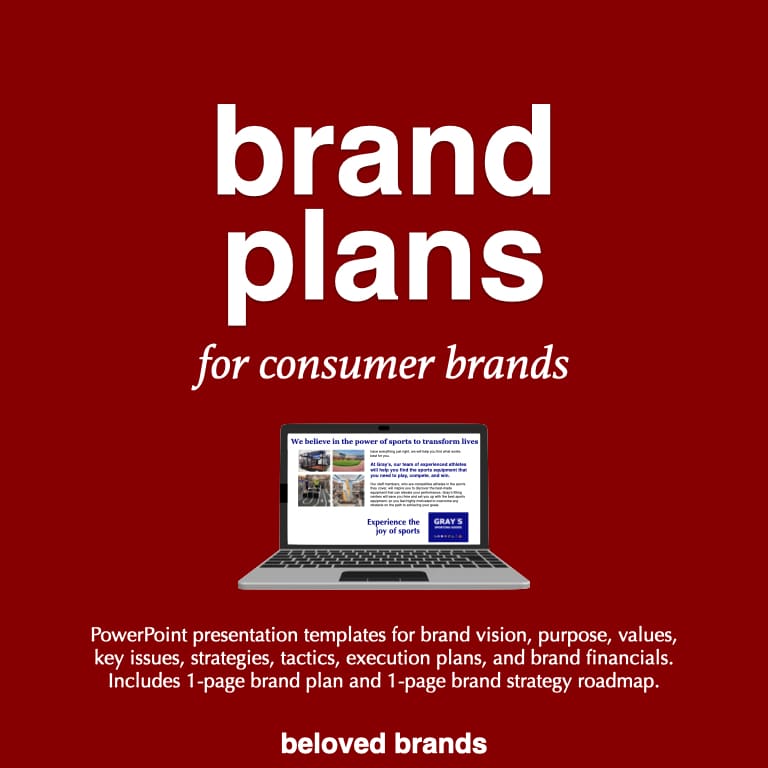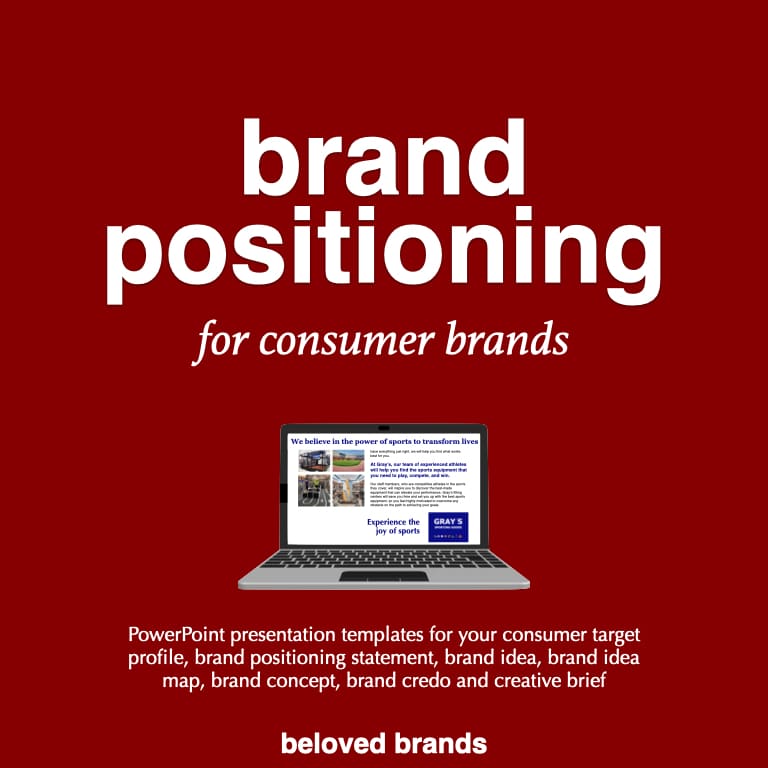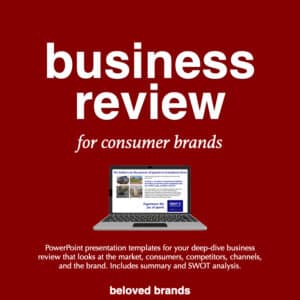𝗜𝗻𝘃𝗲𝗻𝘁𝗶𝗼𝗻 𝗰𝗮𝗻 𝗯𝗲 𝗿𝗮𝗻𝗱𝗼𝗺. 𝗕𝘂𝘁 𝗶𝗻𝗻𝗼𝘃𝗮𝘁𝗶𝗼𝗻 𝗿𝗲𝗾𝘂𝗶𝗿𝗲𝘀 𝗮 𝗽𝗹𝗮𝗻. It is crucial to make innovation planning a core practice within your organization and embed an innovative spirit into the culture. While we use a Strategic ThinkBox to develop your plan, I will introduce our Marketing PlayBox that helps stay on strategy through the execution. We recommend that you build your own stage-gate innovation process that includes regular brainstorming, and consistent stages of approval, that have diligence and oversight on decisions. It could be used for any new product development whether it is a new technology, new service ideas, a new way to treat a disease, or a new cookie.
What should Volvo do if someone on their team randomly invented the world's fastest engine?
I love asking this question. Does this new engine align with the brand’s current target or with Volvo’s reputation for safety? Not even close. Could Volvo transform its brand to get consumers to buy this fastest engine? Sure, but it would take decades. If the goal is to maximize the wealth of this new engine, Volvo would be much better off selling this new technology to Ferrari, Lamborghini, or Porsche. They would pay more for it than Volvo could make from it.
This sets up the idea of brand/market fit.
For most brands, your plan should have a separate innovation strategy that looks at new products, processes, methods, and claims. The Innovation Plan falls under the Brand Plan and the strategies should align with the brand strategic roadmap. To build an effective Innovation Plan, we recommend that you explore the following:
Innovation Plan - Table of Contents
What's the strategic role of Innovation
As you’re looking at your brand strategy, you need to look at the brand from all sides. Here are four questions to be asking that force you to choose four possible solutions to each.
What is your current share position in the market?
Where you rank is a great indicator of how much power you can command in the market. You have four choices, using Marketing Warfare (Trout and Ries) you are either the Leader, Challenger, Niche or a Guerilla. The challenger type brands should look at innovation as a strategic tool to break through with consumers and help separate itself from the leader. Conversely, the leader must quickly match every innovation the challenger puts forward to thwart them from gaining a competitive advantage.
What is the core strength that your brand can win?
Most brands should focus on what they win on, either winning on product, idea, experience, or price. Product driven brands should focus on superiority, ensuring you invest in product innovation to stay ahead of competitors. Conversely, experience brands should look at process innovation focused on making the experience even better–speed, simplicity, and added service. Idea brands should build innovation in support of building the idea, making sure that you continue to focus on “being different.” For the price brand, innovation should drive costs out of the system.
How tightly connected is your consumer to your brand?
move along a “Brand Love Curve,” as they become more connected to Brands, their feelings and behavior change. We believe that brands move from Indifferent to Like It to Love It and finally to the Beloved stage.
Where you are on the brand love curve should frame how you look at innovation. Brands at the indifferent stage should be looking to innovation as a tool to create some point of difference in the consumers’ mind, at the Like It stage you should use innovation to help separate the brand and create a following, and then as the brand moves to the Love It stage use innovation to build an emotional connection and turn your product into an experience. Finally, for a brand at the Beloved stage, you can use Innovation as a way to surprise and delight the consumer, as well as using innovation to attack yourself to improve yourself.
What is the current business situation that your brand faces?
As your plans are designed to move your brand, you need to understand where they are before you can decide where you want to move them.
To illustrate, click on how to use our Strategic ThinkBox tool.
Push for innovations that are smart and different
With the current economy, shouldn’t we be taking more risks to stand out and not play it safe in the middle of the road?
Think about 4 possible types of launches:
- Smart but not different
- Not smart and not different
- Different but not smart
- Different and smart
To illustrate, click on our Innovation Plan tool to find the best Innovation ideas
Smart but not different (the launch outlined above):
- These do very well in tests mainly because consumers have seen it before and check the right boxes in research. In the market, it gets off to a pretty good start—since it still seems so familiar. However, once challenged in the market by a competitor, it falters because people start to realize it is no different at all. So they go back to their usual brand and your launch starts to go flat. This option offers limited potential.
Not smart and not different:
- These are the safest of safe. Go back into the R&D lab and pick the best one you have–even if it’s not very good. They do pretty well in a research test because of their familiarity. In the market, it gets off to a pretty good start, because it looks the same as what’s already in the market. But pretty soon, consumers realize that it’s the same but even worse, so it fails dramatically. What appears safe is actually highly risky. You should have followed your instincts and not launched. This option is a boring failure.
Smart but not that good:
- Sometimes we get focused on the product first: it offers superior technology, but not really meeting an unmet need. So we launch what is different for the sake of being different. It does poorly in testing. Everyone along the way wonders why we are launching. But in the end, consumers don’t really care about your point of difference. And it fails. The better mousetrap that no one cares about.
Smart but different:
- These don’t always test well: consumers don’t really know what to make of it. Even after launched, it takes time to gain momentum, having to explain the story with potential investment and effort to really make the difference come to life. But once consumers start to see the differences and how it meets their needs, they equate different with “good”. It begins to gain share and generates profits for the brand. This option offers long-term sustainability.
Simplify your thinking - look for smart and different
The best creative marketing ideas come through in-the-box creativity using problem-solving where the box is your brand strategy. Alternatively, save your blue sky out-of-the-box thinking for random inventions or the launch of a new brand. This in-the-box creativity can be used for any marketing execution, whether that is advertising, innovation, in-store, or consumer experience. In this article, we’ll focus on using it for new product innovation.
Our Marketing PlayBox that marketing ideas need to play in has four dimensions.
First, all marketing ideas must be focused on the brand’s desired target market. Second, they must fit with the brand. Third, the marketing ideas must deliver the brand’s message. Finally, they must execute the brand strategy to move consumers in ways that benefit our brand.
To illustrate, click on our Marketing PlayBox tool.
The IDEA of New Product Innovation
As we did with our Advertising checklist, which uses our ABCs of advertising, we want innovative ideas that fit our Marketing PlayBox. We use our I.D.E.A. tool to ensure the best innovations incorporate the brand’s strengths (I), deliver a message that matches up with the brand idea (D), execute the strategy (E), and attract the target consumer. (A)
To illustrate, click on our IDEA Model aligns our Innovation Plan with the Marketing PlayBox
Does the innovation idea INCORPORATE the brand’s strengths? (I)
Focus on ideas that build on the brand’s manufacturing or servicing processes to ensure higher profitability and less reliance on partnerships to cover weaknesses. Pick ideas that match the go-to-market abilities of your current sales team and fit with the distribution, warehousing, and shipping.
Does the innovation idea DELIVER a message matching the brand idea? (D)
Focus on ideas that communicate your brand idea so that you can continue to differentiate your brand in the consumer’s mind. When it fits with the brand idea, you can generate early trial from your brand’s most loyal consumers to help provide an easy entry for the innovation.
Does the innovation idea EXECUTE the strategy to gain quick entry into the market (E)
Focus on ideas that provide profitable units to sell to generate initial success, prevent competitors from duplicating your new offering, and lead to a long-term return on investment and effort.
Does the innovation idea ATTRACT consumers to create enough desire? (A)
Focus on ideas that generate enough consumer demand to help the innovation reach volume thresholds to significantly impact both the category and the brand. It must create a market impact that will tighten the brand’s bond with consumers, move consumers along their journey, or add to the brand’s reputation.
Build an Innovation Plan
The plan should creates the box that the ideas must play within
For new product innovation, the Innovation Plan sets up the Marketing PlayBox that will steer the new products team to develop the best ideas. Next, once new product concepts are built, use our innovation checklist to decide if the work is in the box. Likewise, a smart innovation process predicts which new products will deliver the best growth for the brand.
To illustrate, click on the image on how our Innovation Plan sets up the Marketing PlayBox
Run an Innovation Process
The best Innovation is creatively well planned, not randomly disorganized
It’s important that you make innovation part of the culture, with regular brainstorming, consistent stages of approval, and certain diligence and oversight on decisions. While innovation takes creative energy, it should never be a random process (unless you are 3M)
To illustrate, click on using a stage-gate Innovation Process as part of the Innovation Planning
Identify New Opportunities:
- It’s crucial that you are constantly listening, observing and identifying consumer needs, market trends and pain points that need solving. We recommend a regular brainstorming process to ensure you have more ideas in the pipeline. Include a cross-section of the organization, outside agencies and a process for creativity to ensure that you diverge to allow the group freedom for new ideas and then converge against the best ideas. Using the ideas, build concepts that you can use with consumers–a balance of qualitative and quantitative research. You want to identify uniqueness, the potential size of the opportunity, own-ability/strategic fit, and any consumer feedback that might help optimize or twist the idea. This must be a constant and regularly scheduled mining of ideas.
Create an innovation pipeline:
- We would suggest you build a 5-year pipeline of ideas. Short term ideas should go through concept refinement, in-market testing and a stage-gate decision process with management. Stage-gate decisions include approval of the execution plan and milestones from production to launch. To have a robust pipeline, you need longer-term ideas that may still be in need of further concept refinement or potential technology discovery through your R&D team.
Go to market implementation:
- Depending on the importance of key innovation, you should consider putting your best people on the team. With an important launch, the difference between good and great can make a huge difference. There is a lot of heavy lifting on the back end, including naming, logos, packaging, production, and channel plan. From there, you must build marketing support, such as advertising, presentations, and in-store support. With each launch, you must eventually hand over to a launch team, including marketing, sales, and operations.
Test the ideas with consumers using a New Product Concept
Headline:
The main headline should capture the brand idea. The headline is the first thing consumers will see, and it will influence how they engage with the rest of the concept.
Insights:
Start every concept with a consumer insight (connection point) or consumer enemy (pain point) to captivate the consumer enough to make them stop and think, “That’s exactly how I feel.” Your consumers feel more engaged with your concept. The enemy or insight must also set up the brand promise.
Promise:
The promise statement must bring the main consumer benefit to life with a balance of emotional and functional benefits.
Support points:
The support points should close off any gaps that consumers may have after reading the main benefit. An emotional benefit may require functional support to cover off any lingering doubt.
Call-to-action:
Complete the concept with a motivating call-to-action to prompt the consumer’s purchase intent, which is a significant part of concept testing. Adding a supporting visual is recommended.
To illustrate, click on Product Concept examples you can use in your Innovation Planning process.
Types of Innovation
Above all, balance your product innovation investment in high risk / high reward ideas with easier / smaller ideas to keep your brand fresh. While we all love the big ideas, small easy innovation plays a role of adding revenue/profit to keep pushing for those super-big ideas.
To illustrate, click on our how to use risk reward in your Innovation Plan.
Range of innovation ideas
Clearly, brands have a range of innovation options, starting with product extensions, which are the most straightforward and lowest risk but likely bring lower gains. Importantly, at the other extreme, blue ocean exploratory is the highest risk and most challenging, but it could bring the highest gains.
Product extensions:
- First, identify new consumer needs that your brand can handle. Broaden portfolio to neutralize competitors or gain a share of shelf. Admittedly, use product extensions to keep the brand fresh with new benefits, flavors, and sizes.
Product improvements:
- Identify where you are losing consumers. Consequently, help isolate flaws and gaps in your brand that need fixing so that your brand moves ahead or catches up to competitors.
New formats:
- Stretch brand into new subcategories/adjacencies or parts of the value chain to get into new parts of the store, new distribution channels, or new usage occasions.
Brand stretching:
- In short, take brand assets into new business opportunities—bringing loyal users and brand idea.
Game-changing technology:
- Briefly, these are R&D-driven inventions matched up to fit the changing needs of consumers.
Blue Ocean exploratory:
Indeed, these ideas combine your technical capabilities and are matched to pure unexplored consumer need states to create game-changing launches to move into fully protected blue oceans.
Innovation Examples
We use our Gray’s Cookies brand example to demonstrate innovation ideas within each of the six types of innovation.
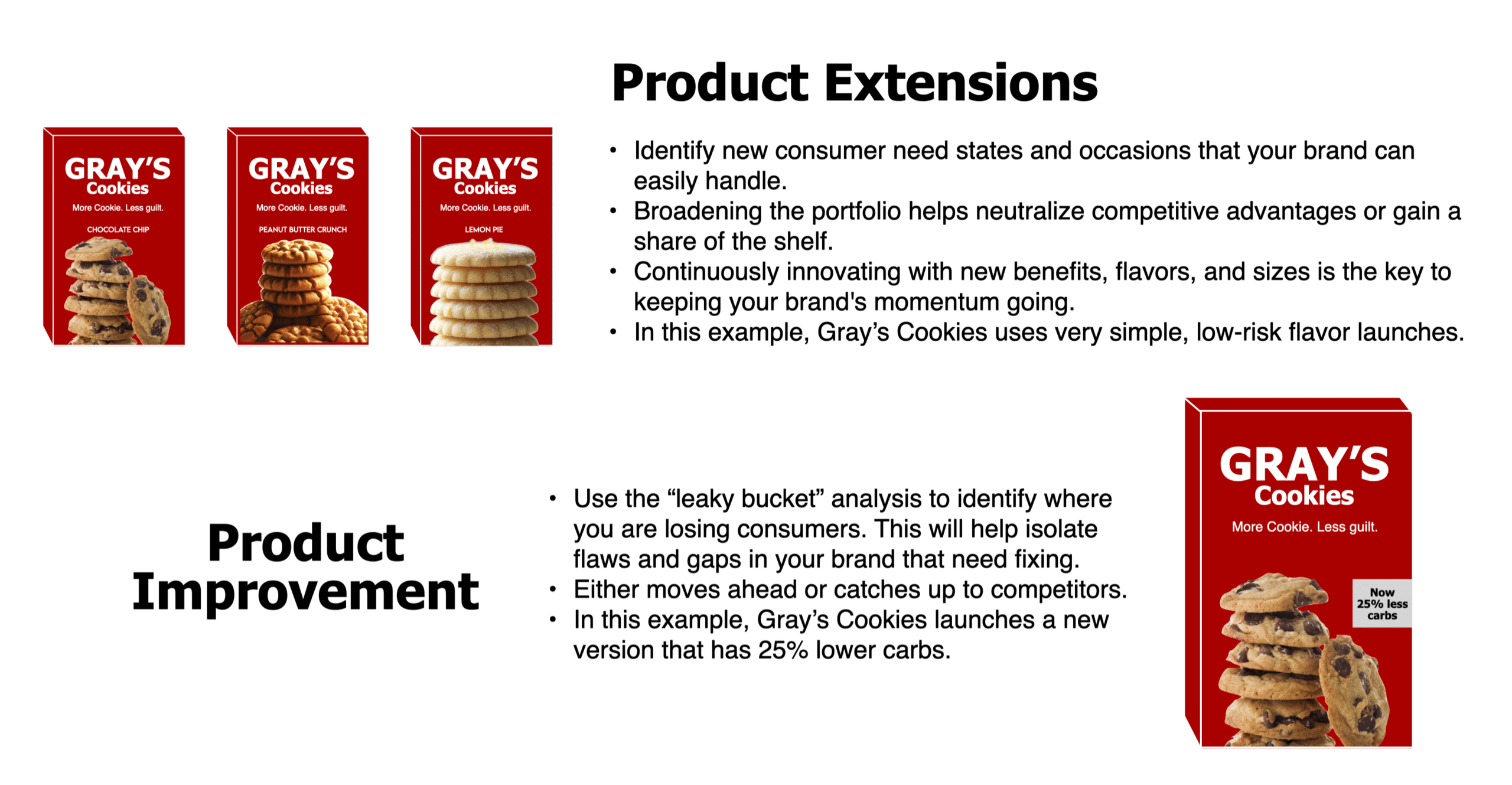
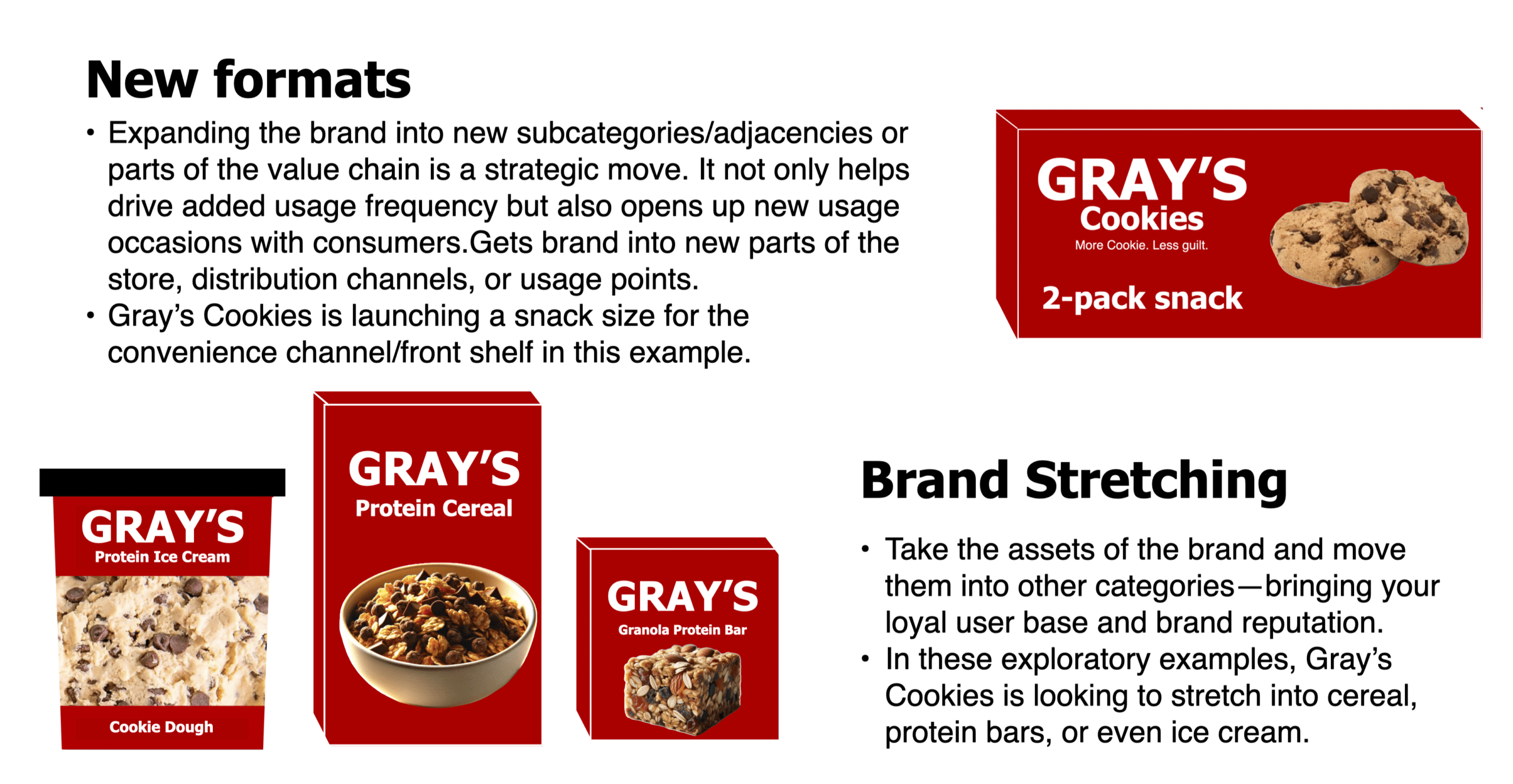
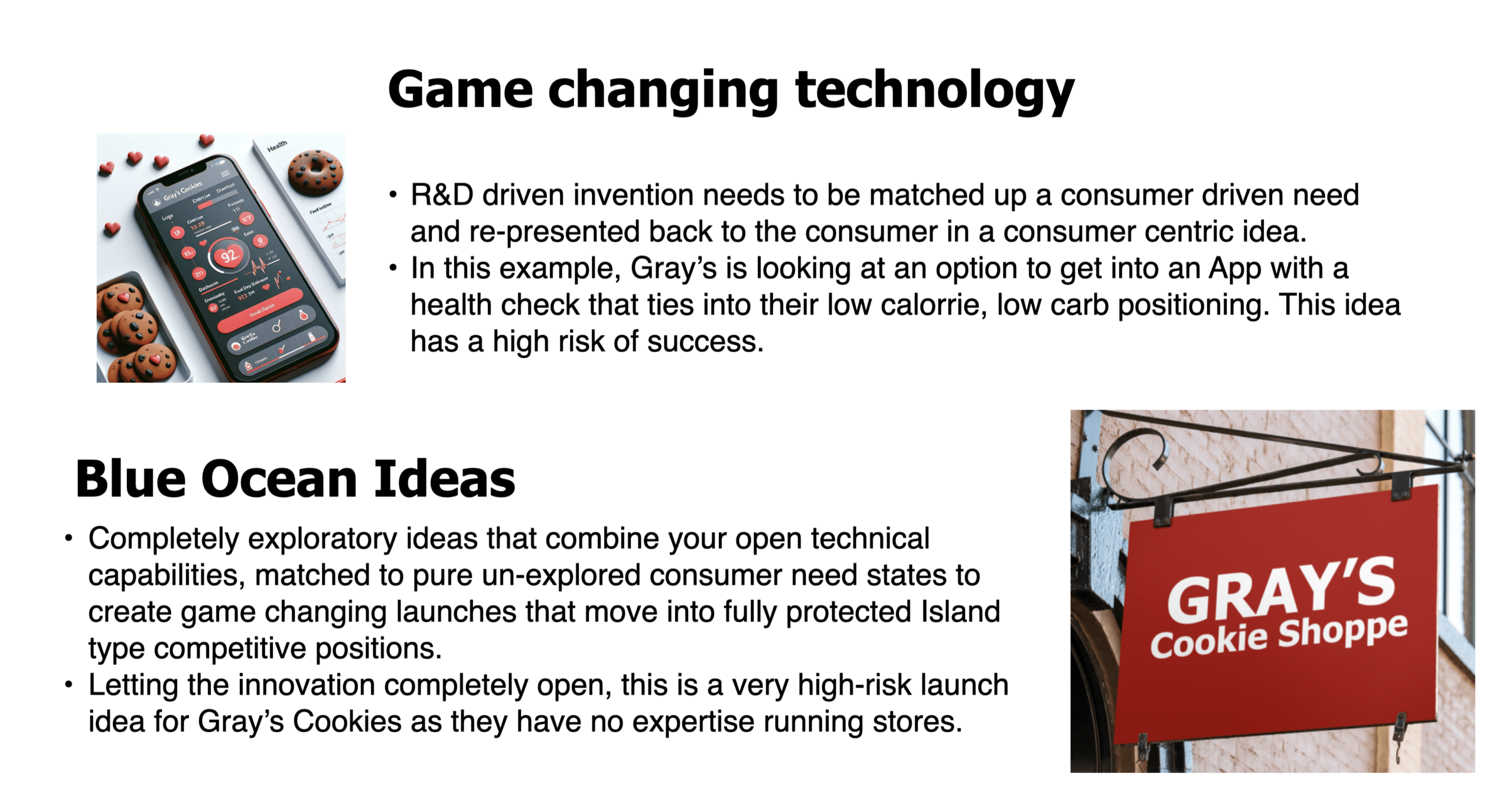
Read our post on how to use our Innovation Checklist helps make the best innovation decisions
Our brand toolkit for consumer brands is our most comprehensive template helps you communicate your brand plans, brand positioning, business review and creative briefs.
Our brand plan template offers slides for vision, purpose, analysis, key issues, strategies, and execution plans, ensuring a thorough approach to your brand’s development. The brand positioning template guides you through defining your target profile, crafting a brand positioning statement, and developing a unique brand idea, concept, values, story, credo, and creative brief. Finally, our business review template provides slides for in-depth analysis of the marketplace, customers, competitors, channels, and your brand.


